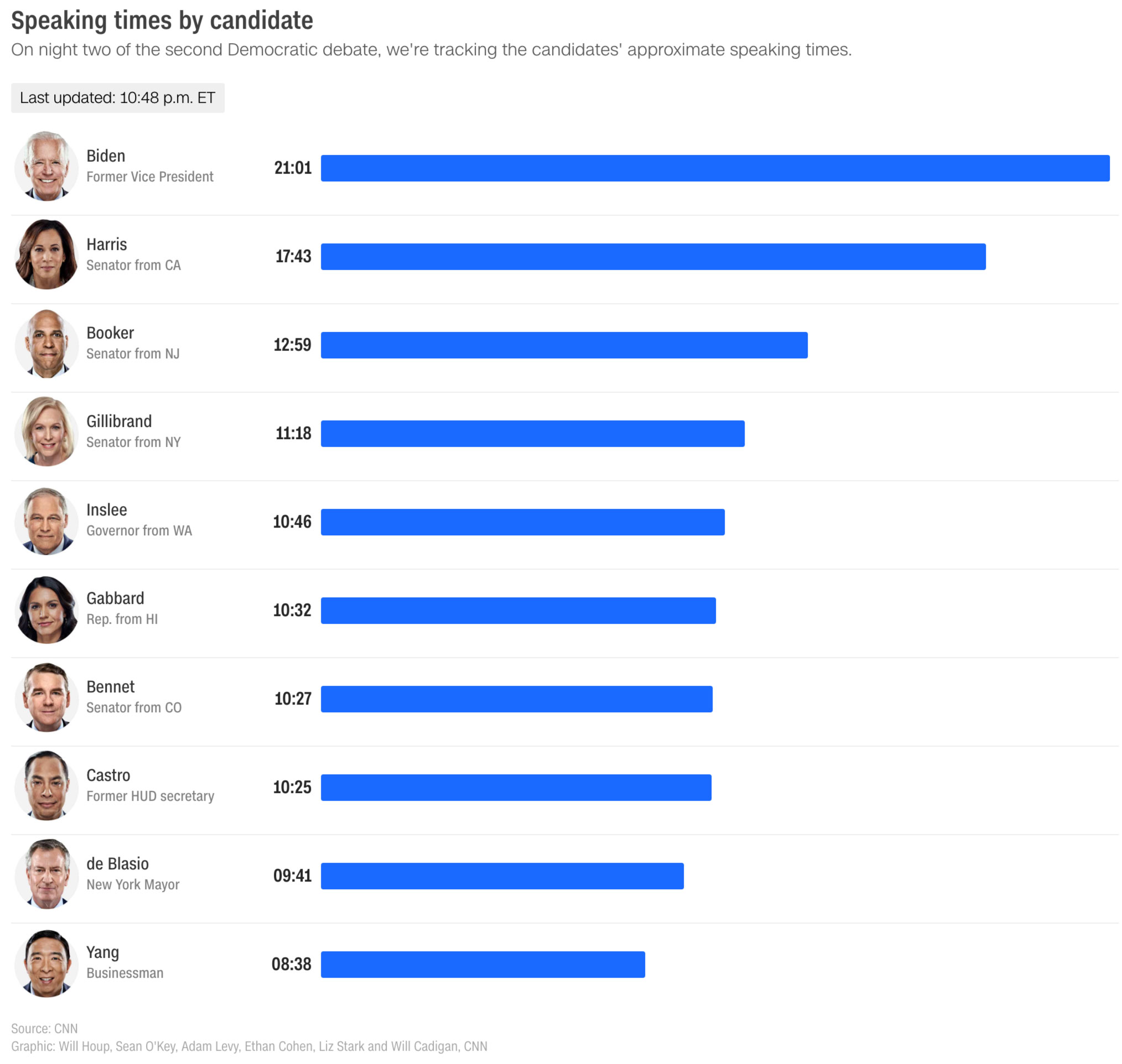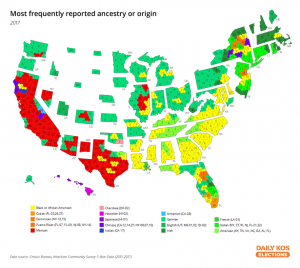Steve Rosenthal addresses a question of critical consequence at The American Prospect: “Will Trump Steal a March on Democrats in the Midwest? It’s time for Democrats to begin their ground game in Michigan, Pennsylvania, and Wisconsin.” As Rosenthal writes, “If you want to talk about “winnability,” let’s note how all three of these states are winnable for Democrats next year. Until 2016, Democratic presidential candidates had carried each of these states in every election since 1992. Have the demographics or voting patterns in each of them changed in such a way that makes them unwinnable for Democrats? Not at all. Hillary Clinton lost Michigan by just 10,704 votes, out of 4.8 million cast; she lost Pennsylvania by 44,292, out of 6.1 million cast; and she lost Wisconsin by just 22,748, out of 3.0 million cast. For those of you doing the math, Clinton lost these three states by approximately 78,000 votes, out of more than 13.9 million cast, and her campaign largely neglected all three states.
“Rosenthal continues, “In 2018, however, statewide Democratic candidates stormed to victory in all three states—gubernatorial nominees won by a collective margin of more than 1.2 million votes. By no means, then, are the “big three” moving away from the party, despite their 2016 results. If Democrats do their work right, and begin now, they can lock these states down, denying Trump a path to victory.” However, Rosenthal adds, “But while Democrats are having this debate over vague ideas about electability, Trump’s campaign, which has already raised $124 million, is actively engaging voters in all three of these states. Trump has visited each of them this year and his campaign has been spending huge amounts of money on digital ads there. And yet the latest Morning Consult tracking poll showed Trump’s approval rating under water in Michigan (40 percent), Pennsylvania (44 percent), and Wisconsin (42 percent)…The Democrats’ path to victory in all three states is clear. First and foremost, Democrats must turn out large numbers of voters of color; their drop-off in 2016 doomed Clinton in Michigan (where minority turnout fell by 12.4 percentage points from 2012) and Wisconsin (down by 12.3 percentage points). Next, they must keep in their column the suburban, exurban, and white working-class voters who went from voting for Obama in 2012, to Trump in 2016, then back to the Democratic gubernatorial candidates in 2018.”
E. J. Dionne, Jr. makes it clear in his syndicated WaPo column, “On guns and white nationalism, one side is right and one is wrong“: As Dionne writes, “In pursuit of a mythical middle ground, the faint-hearted will counsel against calling out the moral culpability of those who divide, deflect and evade. Meanwhile, the rationalizers of violence will continue to claim that only troubled individuals, not our genuinely insane gun policies, are responsible for waves of domestic terrorism that bring shame on our country before the world…But sane gun laws are the middle ground, and most gun ownerssupport them. Opposing the political exploitation of racism is a moral imperative. And refusing to acknowledge that only one side in this debate seeks intentionally to paralyze us is the path of cowardice.”
From “The Left Needs a Language Potent Enough to Counter Trump: The president’s rhetoric is dangerously populist in nature, and the left doesn’t know how to fight it.” by George Packer at The Atlantic: “…The language of the contemporary left is anti-populist. Its vocabulary, much of it taken from academia, is the opposite of accessible—it has to be decoded and learned. Terms such as centered, marginalized, intersectional, non-binary, and Eurocentric gender discipline separate outsiders from insiders—that’s part of their intent, as is the insistence on declaring one’s personal pronouns and showing an ability to use them accordingly. Even common words like ally and privilege acquire a resonance that takes them out of the realm of ordinary usage, because the point of this discourse is to create a sense of special virtue. The language of the left also demands continuous refreshing and can change literally overnight: A writer is told that the phrase born male is no longer okay to use and has to be replaced with assigned male at birth. Many of these changes happen by ambush—suddenly and irrevocably, with no visible trail of discussion and decision, and with quick condemnation of holdouts—which gives them a powerful mystique…The language of the left creates a hierarchy of those who get it and those who don’t. Mastering the vocabulary is a way of signaling entry into a select world of the knowing and the just. The system is closed—there’s an internal logic that can be accepted or rejected but isn’t open to argument or question. In this sense, though much of the language of the left has academic origins, its use in the public square is almost religious. The abandonment of language that brings people in rather than shutting them out is one of the left’s many structural disadvantages in American politics today. In fact, it divides the Democratic coalition in a profound way.”
For most of U.S. history, from Thomas Paine to Eugene Debs to Martin Luther King Jr., the left had a populist language of its own,” Packer continues. “It used a simple vocabulary and spoke in universal moral terms that appealed to the basic goodness in people rather than inventing a sophisticated hierarchical code to label their ills. It created insiders and outsiders, but they weren’t divided between the knowing and the unilluminated, the woken and the sleeping. The populism of the left posed the same opposition as Trump’s—the people against the elites—but with very different sets of characters.
Packer concludes, “You still hear notes of this language in the speeches of Senator Elizabeth Warren, with her talk of a “rigged” economy. Though she’s spent most of her adult life in universities, she speaks with a natural plainness that reminds you of her prairie origins. But she’s running for the presidential nomination of a party whose new activists think in and are constrained by a hermetic language of the chosen few. Senator Kirsten Gillibrand, another candidate, has embraced it with the zeal of a convert, and at times Warren seems to come under its influence. Trump, with his sadistic instinct for the weaknesses of others, has learned how to hurt Democrats by using divisive rhetoric and waiting for them to walk into a trap of self-enclosure they can’t see. He won’t hesitate to use an event as terrible as El Paso to keep this logic working in his favor. A force as dark and powerful as Trump’s populism can be defeated only by an equal and opposite force.
Emily Stewart explains “Why Joaquin Castro’s tweet of a list of Trump donors is so controversial,” and writes, “Rep. Joaquin Castro (D-TX) is under fire for tweeting out a list of donors to President Donald Trump. Why the maneuver is so controversial isn’t entirely clear: It’s all information that was already public…The Texas Democrat and brother to 2020 Democratic presidential candidate Julián Castro on Monday tweeted a list of 44 San Antonio donors who contributed the maximum amount under federal law to Trump in 2019. “Sad to see so many San Antonians as of 2019 maximum donors to Donald Trump,” he wrote, calling out a couple of the city’s better-known donors by their Twitter handles. “Their contributions are fueling a campaign of hate that labels Hispanic immigrants as ‘invaders.’..The point of all of this is pretty straightforward: It’s a way to keep campaigns accountable and make sure they’re following the laws, and it also increases transparency for voters to see who is backing campaigns.” In my view, we need more “outing” of big contributors to political campaigns, not less. Most of the information in question is publicly available. But candidates and their staffs should not do it. It’s just asking to be taken off message. The major media has been unduly timid about their responsibility to amplify large donor contributions. But political activists should not hesitate to take it on.
We’ve had our hopes for corrective action dashed before, many times. With that in mind, FiveThirtyEight’s Weekly Political Chat inquires “Will The El Paso Shooting Change How Politicians Talk About White Extremism?” Among the observations, Nate SIlver notes, “There is a cumulative effect even if there’s also a short-term boom-and-bust cycle after significant events. During the midterm elections, for instance, more Democrats than Republicans rated gun policy as a high-priority issue, which is a departure from the old-school conventional wisdom that guns were supposed to rally Republican voters.” Perry Bacon, Jr. adds that “But even though some Republicans — maybe even Trump, I’m not sure — will probably dial down the white nationalist rhetoric, I think the only movement on gun control will happen on the left. Or Democrats will become even more unabashedly party of gun control…generally most Democrats support: 1) expanding background checks, 2) banning assault weapons, and 3) ban high-capacity magazines.”
Daniel Rakich addresses “How Views On Gun Control Have Changed In The Last 30 Years” at FiveThirtyEight and explains: “In a December 2018 poll, Gallup found that 66 percent of Americans said it was “extremely” or “very” important that Congress and the White House deal with the issue of gun policy in the following year, which was a significant increase from the 54 percent of Americans who said gun policy was extremely or very important to them in January 2014. However, we still have a while before guns are the most important issue to Americans. In July 2019, only 1 percent said guns were the number-one problem facing the country — barely changed from the 0 percent who said so for most of the 2000s. And while this number does spike in response to mass shootings — it got as high as 7 percent in the six months after Sandy Hook and hit 13 percent after Parkland — so far, it has never stayed at those elevated levels for very long. So while public opinion has swung more toward the side of gun control in recent years, it may not yet be dramatic or consistent enough to force politicians to act.”







